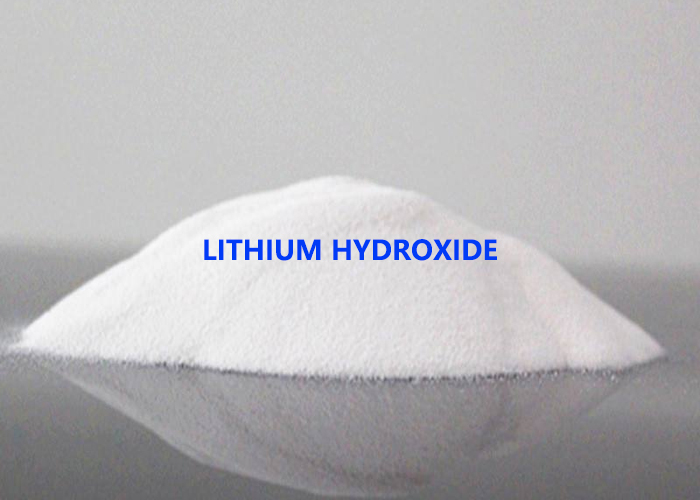Lithium Hydroxide: Ensuring Quality and Stability in Diverse Environments
When selecting lithium hydroxide, it is essential to consider the application environment and purity requirements. Environmental conditions, storage methods, and transportation factors can all affect product performance and stability. Choosing the right lithium hydroxide grade helps maintain consistency and safety during use.
Environmental Factors
Moisture and Contamination
Moisture is one of the most common challenges when handling lithium hydroxide. The material easily absorbs water and carbon dioxide from the air, which can reduce its purity and affect chemical performance.
Exposure to air can cause lithium hydroxide to absorb moisture and form lithium carbonate.
Contamination affects the reaction efficiency in battery or chemical synthesis processes.
Proper packaging and sealed storage are crucial to maintaining stability.
To prevent degradation, lithium hydroxide should be stored in airtight containers in dry, cool environments. Using moisture-proof bags and conducting regular quality checks ensures that the chemical remains active and stable.
Temperature and Storage Conditions
Temperature fluctuations can influence the stability and reactivity of battery grade lithium hydroxide.
High temperatures may accelerate decomposition and moisture absorption.
Low temperatures can slow reactivity and affect solubility in certain applications.
It is recommended to store lithium hydroxide below 40°C in a controlled environment. When shipping over long distances, ensure containers are properly sealed to avoid exposure to temperature extremes and humidity.
| Environmental Factor | Description |
|---|---|
| Temperature | Impacts product stability and reactivity. |
| Humidity | Leads to absorption and potential carbonate formation. |
| Storage | Must be in sealed containers away from air and moisture. |
Tip: Always check the manufacturer’s storage and transportation recommendations before use. Proper handling guarantees consistent quality for sensitive applications.
Application Suitability
Different industries require different grades of lithium hydroxide depending on purity and end use.
| Product Type | Key Features | Applications |
|---|---|---|
| Battery Grade Lithium Hydroxide | High purity, low impurity levels | Used in lithium-ion battery cathode materials (e.g., NCM, NCA) |
| Industrial Grade Lithium Hydroxide | Excellent solubility, stable alkalinity | Applied in lubricants, ceramics, and chemical synthesis |
| Lithium Hydroxide Monohydrate | High water content for easy processing | Commonly used in grease manufacturing and specialty glass |
Choosing the right grade ensures optimal performance in both industrial and energy storage applications.
Handling and Safety
Lithium hydroxide is a strong base and should be handled with care. Direct contact may cause irritation to the skin or eyes. Operators should wear protective gloves, masks, and goggles. Proper ventilation in the workplace is also essential.
Avoid direct contact with air to prevent contamination.
Always follow standard safety procedures during handling and transfer.
Dispose of waste according to local environmental regulations.
Conclusion
Selecting the appropriate lithium hydroxide product and maintaining the correct storage environment are key to ensuring consistent quality and long-term stability. Whether you are using battery grade lithium hydroxide for advanced energy applications or industrial grade lithium hydroxide for chemical production, understanding the impact of environmental factors helps protect product integrity and optimize performance.
Tip: Always match your lithium hydroxide grade and storage method to your production needs — this ensures efficiency, reliability, and safety across your supply chain.